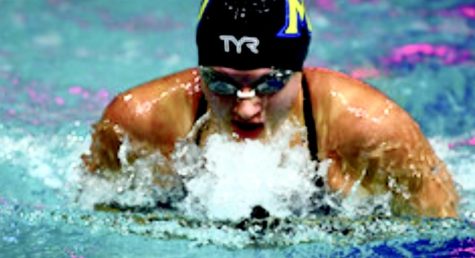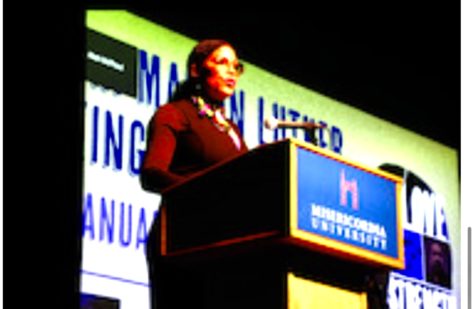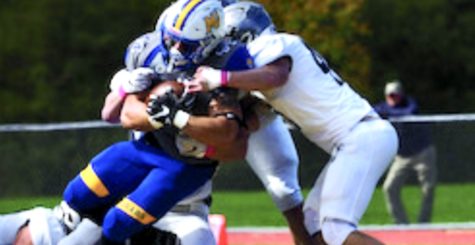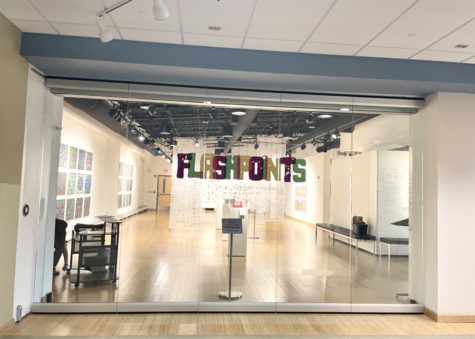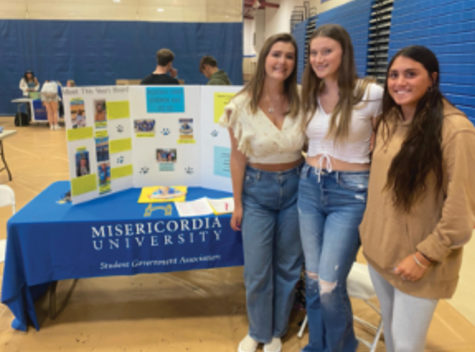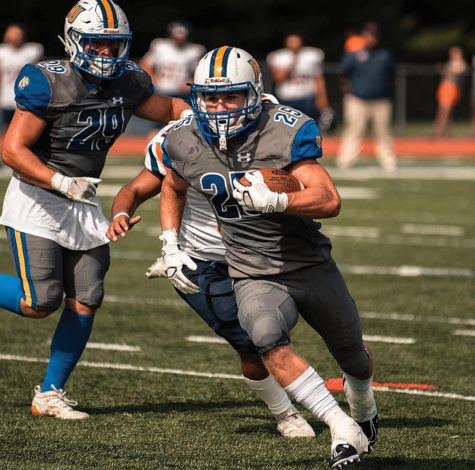New Life for Iconic Arch

Construction on the Arch that began in June will continue until late October.
September 19, 2017
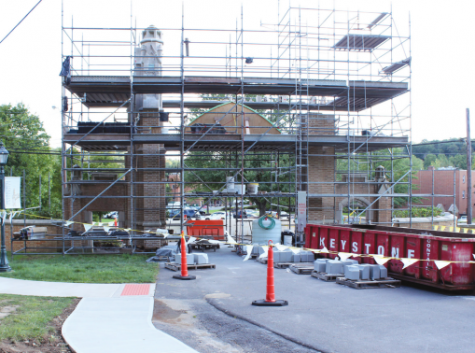
Construction on the Arch that began in June will continue until late October.
Officials expect the Gothic arch at the university’s Lake Street entrance to be fully restored in late October.
The iconic and much loved arch has been part of the campus for almost 90 years, but in recent years its age has started to show. Masonry Preservation Services, Inc., Bloomsburg, a company that specializes in restoring complex masonry buildings and structures, began restoring the arch in June.
Erik Valentino, Vice President, said the arch’s enemy was time.
“Over decades the impact of water infiltration and being exposed to the elements caused a lot of accelerated damage and deterioration, which is common for masonry structures that age. It being exposed on all sides combined with the fact that it’s just a very old structure led to the failures we found,” said Valentino.
Valentino does not expect the project to be done until the end of October because internal deterioration was worse than he anticipated, and crews had to wait for the shipment of materials. He classified the arch as a masonry structure with an interior of common brick, a more basic and economical material. It is faced or clad with fancier materials such as bluestone at the bottom, textured tan colored brick for the top, and terra cotta for the decorative elements.
“The terra cotta you have up there is a unique building element,” Valentino said. “Architectural glazed terra cotta was very popular at the turn of the century and just an allaround unique material. There is pretty much one company on the East coast and one company on the West coast of the United States that are recognized for good quality, durable and well-designed terra cotta,” he said.
Valentino and his team go through an extensive process to restore decorative terra cotta pieces. The damaged units are removed to create models for molds that are used to make new units that match the originals.
“So basically what we’re trying to do is to put everything together with the same exterior but with a much more durable interior with stainless steel anchors,” said Valentino of the $440,000 restoration project.
This year’s “Giving Day” will benefit the project. “‘Giving Day,” an internal crowdfunding type of fundraising effort in which donors can choose the projects their donations benefits. For example, last year a generous alumna, Helen O’Brien, offered to give $25,000 to a scholarship for student service trips if the university received 924 gifts,” said Lauren Gorney, Assistant Director of Alumni Engagement.
“So this year’s challenge is comparable in that if we get 924 gifts by 11:59 p.m. on Sept. 24 , a new group of donors will give us $19,240 to put toward the arch restoration.”
“Giving Day is a campus community event that not only brings together students, faculty and staff but the whole Back Mountain community,” said Gorney.
One reason the university, its students, faculty, staff and surrounding community care so much about the arch has to do with its symbolism.
“The arch is very symbolic and welcoming to the Misericordia community because it is one of the first things you see when you come to the university. Also, you enter the campus through the arch but you never leave through it, so it really is a very welcoming symbol of what Misericordia means,” says Paul Krzywicki, Manager of Public Relations.
Courtney Portaro a junior biology prephysical therapy major thinks of this welcome every time she sees the arch, and it reminds her of her favorite show “Gilmore Girls.”
“When I look at the archway, it reminds me I’m at my second home. It was one of my favorite parts of the school while touring the campus because it reminded me of the archway of Rory Gilmore’s college,” said Portaro.
Eric Deignan, a senior nursing major finds the arch to be very welcoming and a great symbol for the University’s charisms of mercy, justice, service and hospitality.
Rebecca Cristino a senior speech-language pathology major, said the arch reminds her of her first year at the university.
“Looking at the arch reminds me of freshman year and pulling back into the university with my friends. The first time I saw the arch was when I toured; unfortunately, I didn’t pay much attention to it at the time because it was a really gross day and all I thought of was how I didn’t want to be anywhere,” said Rebecca Cristino.
The arch entrance is closed during the work, causing campus safety to enforce temporary alternative traffic pattern regulations.
“We’re turning Townhouse Road into a two way road to replace the arch entrance. It will eventually take you to the same exact spot near the science building as the arch would,” said Robert Zavada, Director of Campus Safety and Security.
“We were able to reconfigure some parking that used to be on Townhouse Road and move it over to Misericordia Way, and because that has been changed we didn’t lose much parking. The changes had to be done because a campus of this size needs to have multiple entrances so it doesn’t result in traffic jams on the municipal roadways,”
Zavada and his team have been putting up many signs and cones to warn drivers of the new traffic patterns and to keep everyone safe. Unfortunately, some have not been taking them seriously.
“We are strictly reinforcing that people do not go against the ‘Do not enter’ signs at the science lot corner because that is really going to cause a problem one day. I’ve already seen people taking a shortcut and not abiding by the signs and that’s extremely dangerous.”
Zavada said there was also an incident in which someone, or a group of people, knocked down or re-positioned some of the signs and cones.
“Should we find the person or group of people who did this, we will be taking action against them,” Zavada said.
Zavada recommends that students, faculty and staff provide themselves with extra time to get through campus and follow the new traffic patterns.

